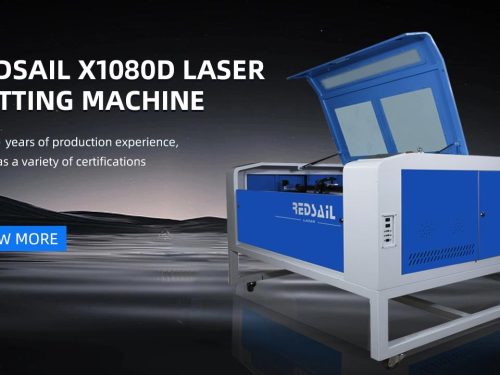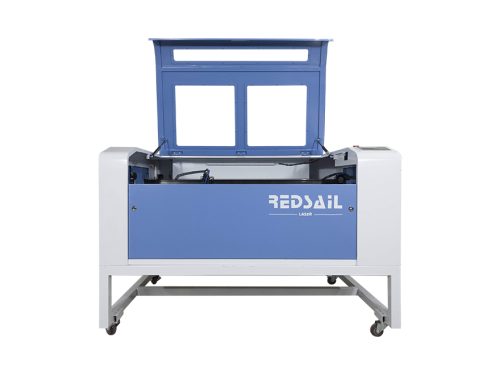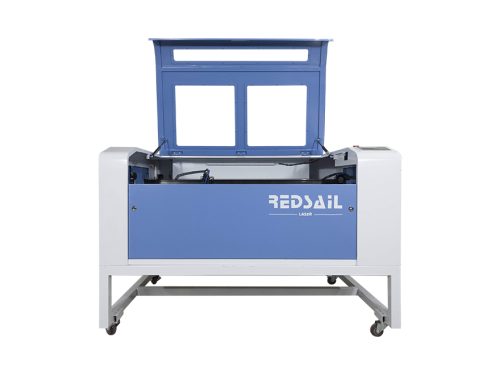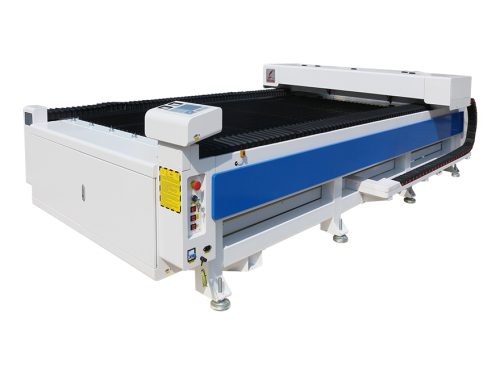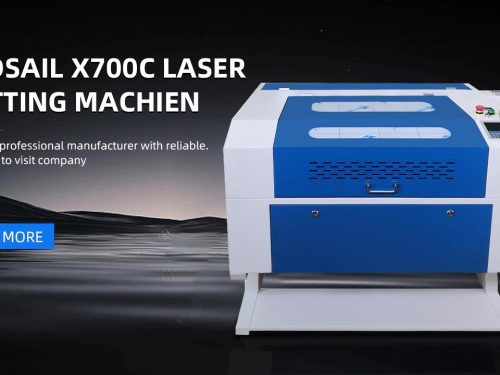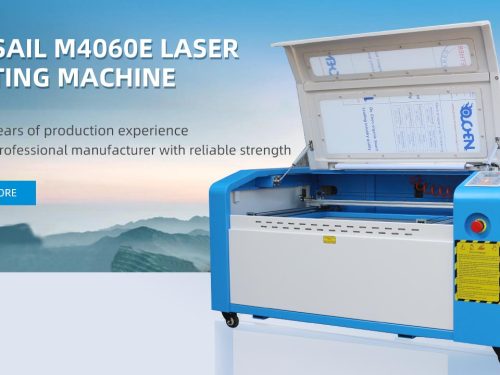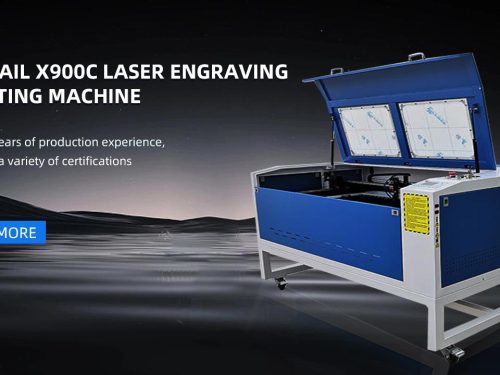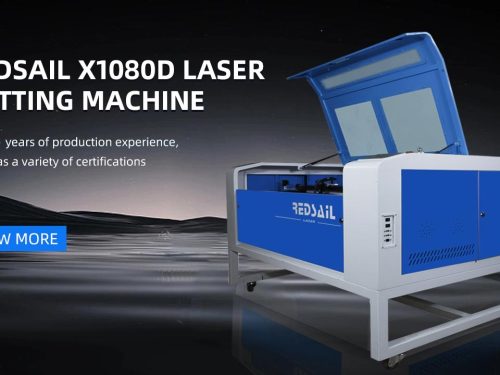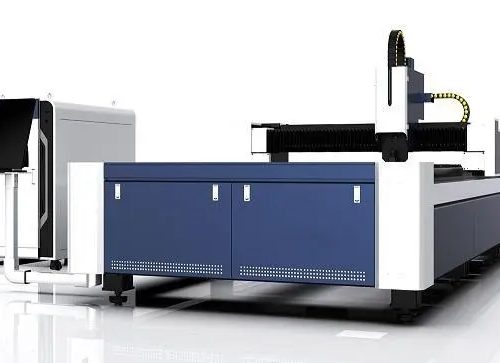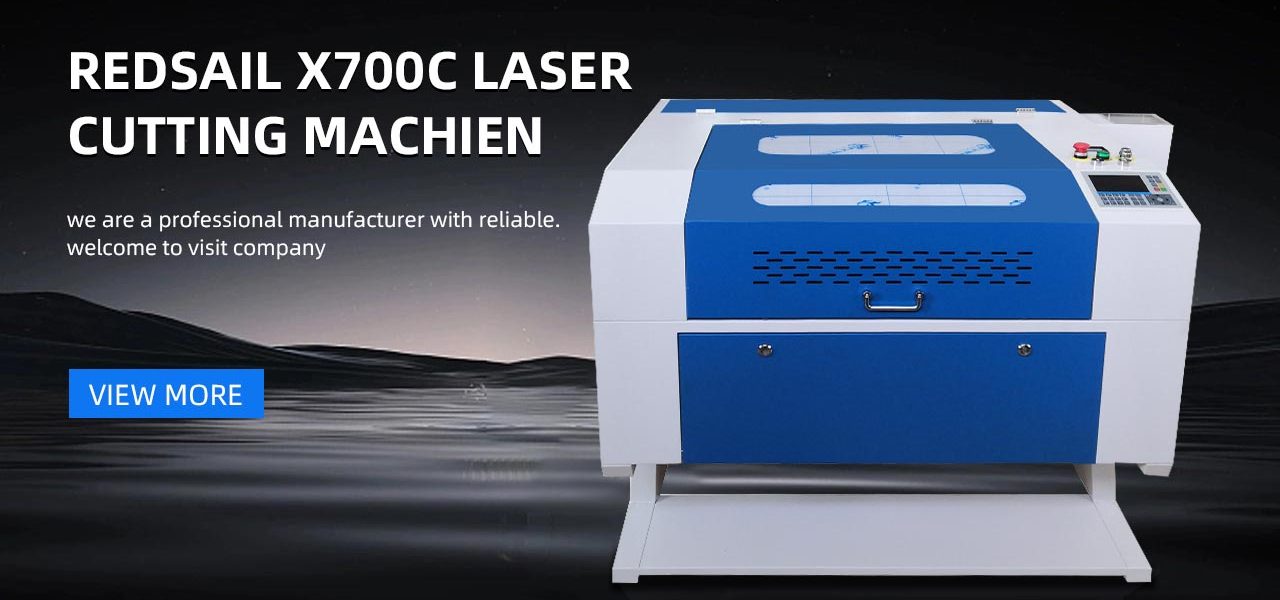
Using a CO2 laser cutter for plywood projects can be an efficient and precise way to create beautiful designs and functional pieces. To ensure you get the most out of your machine, it’s important to understand best practices for working with plywood and how to optimize your cutting and engraving settings.
Choosing the Right Plywood
Not all plywood is created equal, especially when it comes to laser cutting. Look for plywood that is made specifically for laser cutting, such as Baltic birch plywood. It should be free of voids and have an even, smooth surface. The thickness of the plywood will also determine the cutting and engraving settings you use, so be sure to select the appropriate material for your project.
Calibrating Your Machine
Before you begin cutting or engraving, it’s important to ensure that your CO2 laser cutter is properly calibrated. This includes checking the focus of the laser, aligning the mirrors, and making sure your ventilation system is functioning properly. Proper calibration will ensure clean and accurate cuts every time.
Optimizing Cutting and Engraving Settings
Experiment with your machine to find the optimal cutting and engraving settings for the type of plywood you’re using. This may involve adjusting the power, speed, and frequency of the laser, as well as the number of passes for cutting through thicker plywood. Keeping a log of successful settings for different types of plywood will save you time and material in the long run.
Minimizing Wastage
To get the most out of your plywood and reduce material wastage, carefully plan your cuts and nesting patterns. Use software to optimize the layout of your designs on the plywood sheets, and consider using offcuts for smaller projects or pieces. This will not only save material but also save time and money in the long run.
FAQs
What types of plywood are best for laser cutting?
High-quality plywood like Baltic birch is recommended for laser cutting, as it is void-free and has a smooth surface that produces clean cuts and engravings.
How should I clean and maintain my CO2 laser cutter?
Regular cleaning of the mirrors, lenses, and ventilation system is essential to maintain the performance of your machine. Follow the manufacturer’s guidelines for cleaning and maintenance.
What safety precautions should I take when using a CO2 laser cutter?
Always wear protective eyewear and ensure proper ventilation in the workspace. Familiarize yourself with the emergency shut-off procedures and follow all safety guidelines provided by the manufacturer.
By following these tips and best practices, you can maximize the potential of your CO2 laser cutter for plywood projects. Whether you’re creating prototypes, signage, or decorative elements, a well-maintained and properly calibrated machine will help you achieve professional results every time.

